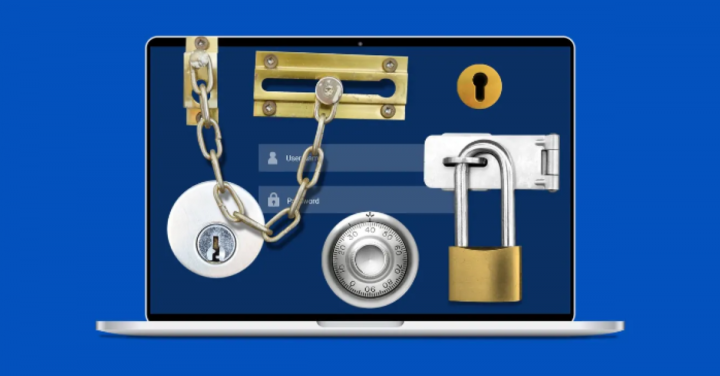In 2024, Microsoft, one of the world’s leading technology companies, experienced several significant security breaches that sent shockwaves through the tech industry and its vast user base. These incidents underscored the vulnerabilities even the most robust systems can have and highlighted the urgent need for businesses and individuals to bolster their cybersecurity measures. Here’s a detailed look at what transpired and the steps you can take to protect your business.
The Microsoft Breaches: A Breakdown
- January: Azure Vulnerability Exploit
The year began with a critical security breach in Microsoft’s Azure cloud platform. Hackers exploited a previously unknown vulnerability in Azure’s infrastructure, gaining unauthorized access to sensitive data from numerous businesses relying on the service for their cloud computing needs. The breach affected a wide range of industries, from finance to healthcare, leading to substantial data loss and operational disruptions.
- April: Microsoft 365 Phishing Attack
In April, a sophisticated phishing campaign targeted Microsoft 365 users. Cybercriminals sent highly convincing emails mimicking official Microsoft communication, tricking users into providing their login credentials. This resulted in widespread unauthorized access to corporate email accounts, leading to data breaches and exposing confidential business information.
- July: GitHub Repository Hack
Microsoft’s code repository platform, GitHub, faced a significant security incident in July. Attackers infiltrated private repositories, gaining access to proprietary software code and sensitive project details. This breach not only compromised the security of numerous software projects but also raised concerns about the potential for future exploits using the exposed code.
- October: Windows OS Zero-Day Exploit
A zero-day exploit targeting Windows operating systems was discovered in October. This vulnerability allowed attackers to execute arbitrary code on affected systems, leading to a wave of ransomware attacks. Businesses and individual users alike faced severe disruptions, with many systems rendered inoperable until the exploit was patched.
Lessons Learned from the Breaches
The Microsoft breaches of 2024 serve as a stark reminder of the ever-evolving threat landscape in cybersecurity. Here are some key takeaways:
- No System is Invulnerable
Even industry giants like Microsoft, with extensive resources dedicated to security, can fall victim to cyberattacks. This highlights the importance of maintaining vigilance and continuous improvement in security practices.
- Importance of User Education
The phishing attack on Microsoft 365 users underscores the critical need for user education. Training employees to recognize and respond to phishing attempts is essential to preventing unauthorized access.
- Need for Comprehensive Security Measures
Relying solely on one layer of security is insufficient. Businesses must adopt a multi-layered approach, incorporating firewalls, intrusion detection systems, and regular security audits to identify and mitigate vulnerabilities.
Protecting Your Business: Steps to Take
- Implement Robust Security Policies
Develop and enforce comprehensive security policies covering data protection, access controls, and incident response. Ensure all employees understand and adhere to these policies.
- Regularly Update and Patch Systems
Keep all software and systems up to date with the latest patches and updates. Vulnerabilities in outdated systems are a common target for cybercriminals.
- Educate and Train Employees
Conduct regular cybersecurity training sessions for employees. Focus on recognizing phishing attempts, using strong passwords, and following best practices for data security.
- Use Multi-Factor Authentication (MFA)
Implement multi-factor authentication across all accounts and systems. MFA adds an extra layer of security, making it more difficult for attackers to gain unauthorized access.
- Backup Data Regularly
Regularly back up critical data and ensure backups are stored securely. In the event of a ransomware attack, having reliable backups can help restore operations without paying the ransom.
- Monitor and Respond to Threats
Deploy advanced threat detection and monitoring tools to identify and respond to security incidents in real-time. Establish a clear incident response plan to minimize damage and recovery time.
- Partner with Security Experts
Consider partnering with cybersecurity firms to conduct regular security assessments and audits. These experts can provide valuable insights and help strengthen your overall security posture.
Conclusion
The Microsoft breaches of 2024 highlight the ongoing challenges in the cybersecurity landscape. By understanding the nature of these breaches and taking proactive steps to enhance your security measures, you can better protect your business from similar threats. Remember, cybersecurity is a continuous process that requires vigilance, education, and the right tools to stay ahead of potential threats. Stay informed, stay prepared, and prioritize the security of your digital assets.
- February 29, 2024
- Cyber Security
Cyber Insurance
- June 13, 2024
- Business Technology Consulting
Happy Fathers Day
- June 12, 2024
- Business Technology Consulting
Is Your Business Ready for Hurricane Season?
- June 12, 2024
- Business Technology Consulting

